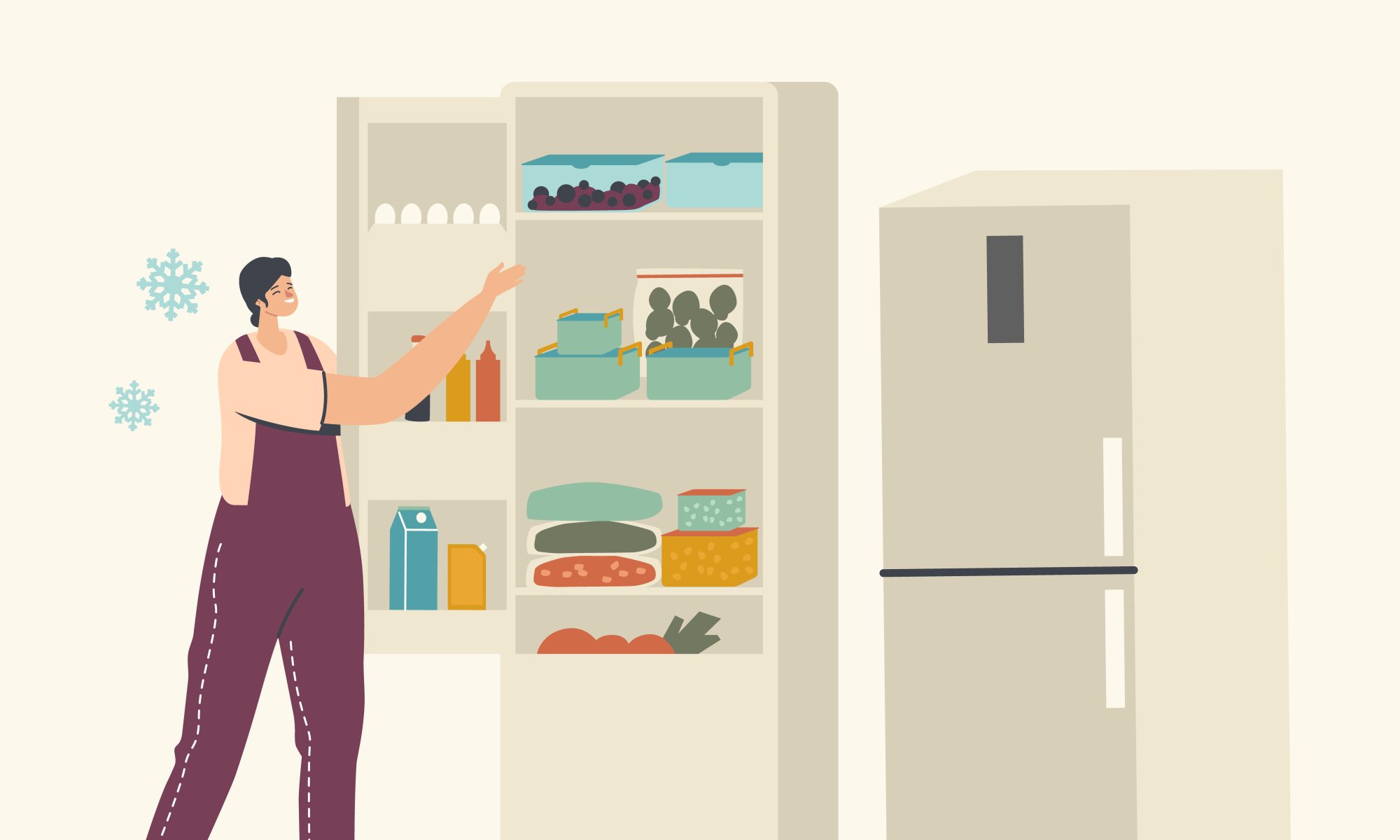The most significant risks for the project that we discovered during the design portion is how we are organizing and constructing the pressure sensors. Since the sensors are smaller, we want to ensure that an item placed on a portion of the pad is actually detected. In order to mitigate this, we plan to arrange the sensors in an array like formation to ensure equal distribution.
While thinking through our design, we also ran into the problem of the details on how our hardware will be able to interact with our software. We decided to specify our ESP32 to be a MCU with wifi capabilities so we can use that to communicate with the software backend.
No drastic updates have been made to the team schedule but our Gantt chart has added more detail and specifics on each person’s tasks. We also want to start testing MVP soon after Spring break.
For progress this week, we are finishing up the design and presentation of our product and trying to start rapid prototyping in order to get the basic functionalities of our product operating as well as finalizing the hardware components we choose to use.
Part A written by Sarah Yang
Our GlowFresh system contributes to public health, safety, and welfare by preventing spoilage and addressing waste. On the health perspective, our product ensures well-being by preventing people from eating expired or spoiled foods, particularly those with expiration dates that are hard to spot. Tracking the state of food in the fridge mitigates food born illnesses and ensures better nutrition management.
In regards to safety, the pad notifies users of expiration, which prevents health hazards. The use of silicon for our pad also reduces chances of external contamination.
Finally, in terms of welfare, our system aids in reducing food waste by raising awareness of expiration. On a large scale, it encourages sustainable food habits and reduces environmental impact caused by waste.
Part B written by Jessica Chan
GlowFresh addresses several social factors by tackling the widespread issue of food waste, which has significant economic and environmental consequences. Food waste is a major global problem, affecting households, restaurants, and food suppliers, with direct financial burdens and ethical concerns about resource distribution. By providing a system that enhances food management, GlowFresh encourages more responsible consumption habits and helps users reduce unnecessary waste and save money.
GlowFresh fosters shared responsibility in both household and communal settings. In multi-person households, such as families or shared apartments, GlowFresh can improve coordination by allowing members to track food items collaboratively, reducing redundant purchases and forgotten groceries. Similarly, in restaurants and community kitchens, GlowFresh supports better inventory management, which can contribute to cost savings and ensure food is used efficiently before it goes to waste. This is particularly relevant for food banks and donation centers, where maximizing food use is critical for addressing food insecurity.
The project also aligns with cultural and social movements that emphasize sustainability, mindful consumption, and technological solutions to everyday problems. By integrating mobile connectivity, GlowFresh supports modern, digitally connected lifestyles, making it easier for individuals and families to organize food storage collaboratively and reduce waste as a shared social responsibility.
Part C written by Gina Seo
GlowFresh is providing an economic recalibration of how households, businesses, and communities manage perishable goods. At its core, our solution addresses the financial losses associated with food waste, a multi-billion-dollar issue affecting individuals and industries alike. For the average household, where grocery expenses represent a significant portion of the budget, GlowFresh transforms passive consumption into active food management. By providing real-time visual and digital reminders of food freshness, it reduces the likelihood of impulse repurchases and unnecessary waste, stretching every dollar spent on perishable goods. This is particularly impactful in budget-conscious households, where maximizing food longevity can directly alleviate financial strain.
On a larger scale, GlowFresh has the potential to create economic ripples in the food industry, particularly in sectors where perishability dictates profitability. Restaurants, grocery stores, and communal kitchens operate on tight margins where spoilage directly cuts into profits. By integrating GlowFresh mats into storage systems, businesses can optimize inventory turnover, reduce shrinkage costs, and streamline purchasing decisions based on real-time food status rather than reactive estimations. But beyond individual businesses, GlowFresh aligns with the economic realities of large-scale food logistics where fresh produce, dairy, and meats move daily across borders in refrigerated trucks, through distribution centers, and into retail supply chains. In these systems, where timing is everything, even slight inefficiencies in expiration tracking can lead to tons of wasted food and lost revenue. By enabling smarter food monitoring at the consumer level, GlowFresh will help stabilize purchasing patterns and reducing strain on suppliers. In doing so, it indirectly supports a more efficient movement of fresh goods across supply chains, where every crate of produce and every gallon of milk reaches its intended destination before its value is lost.

